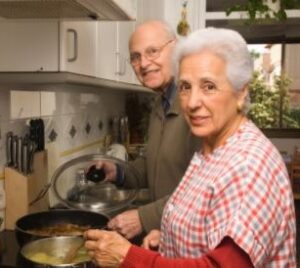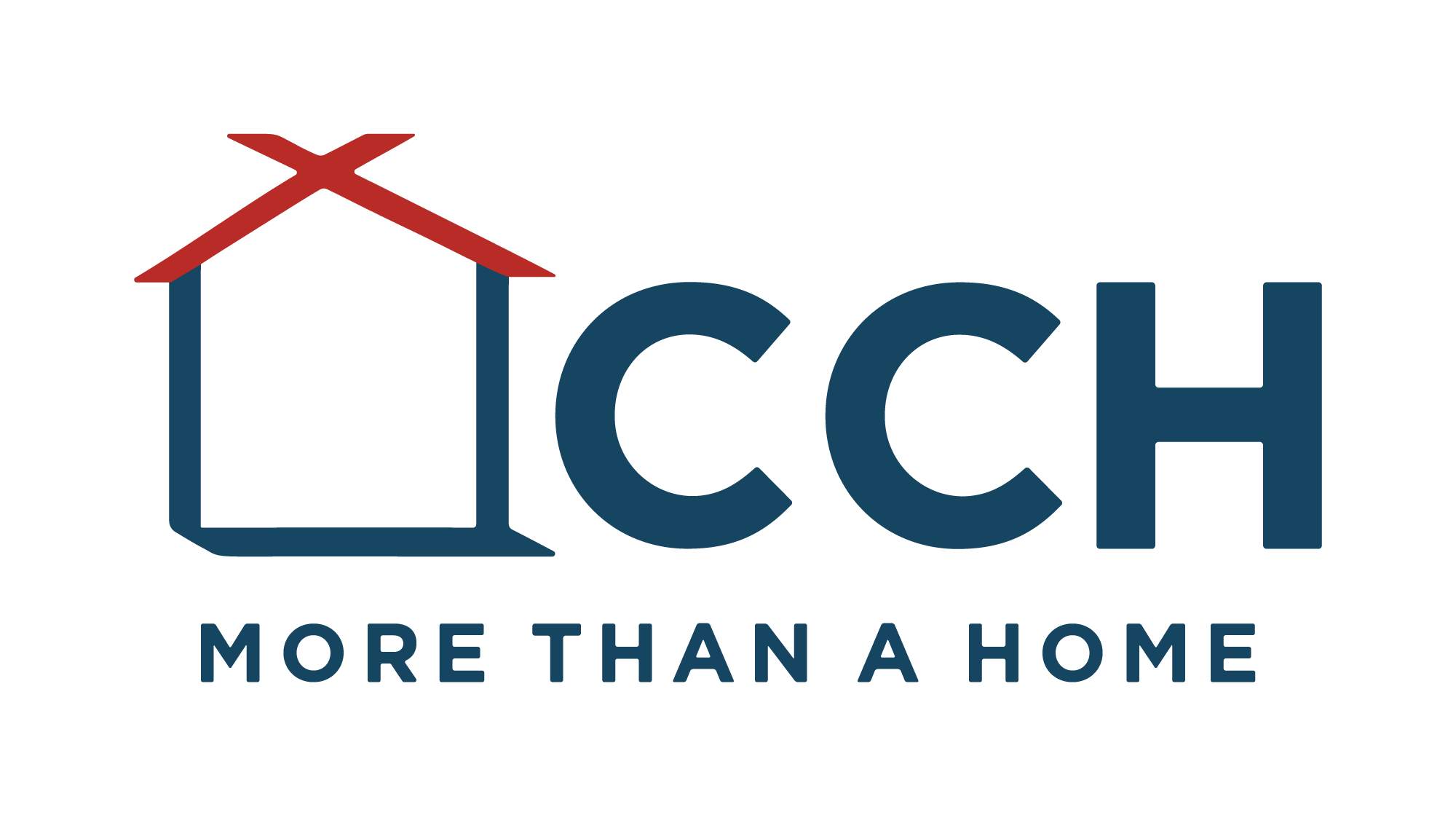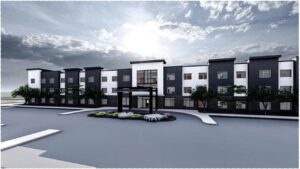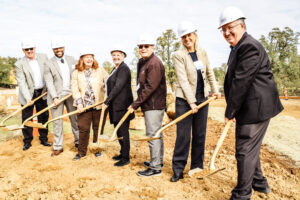 Housing is more than a basic need – it is a key component to good health and wellness, according to a Fast Company Magazine article published in April 2020. The article shares that healthcare is intricately tied to the quality of housing and it’s impossible to separate the quality of one’s health from the quality of one’s housing condition.
Housing is more than a basic need – it is a key component to good health and wellness, according to a Fast Company Magazine article published in April 2020. The article shares that healthcare is intricately tied to the quality of housing and it’s impossible to separate the quality of one’s health from the quality of one’s housing condition.
Quality housing acts as a buffer against many types of illnesses resulting from poor living conditions, such as food instability, worsening asthma and allergies, lead dangers, poor insulation and faulty appliances. There are also psychological and behavioral issues caused by living in an inadequate environment.
As an added challenge, more Americans will become low income as a result of the pandemic and financial hardships. Statistics from the National Low Income Housing Coalition show that for every 100 of the lowest income renters in the U.S.— many of whom are seniors and people with disabilities — there are fewer than 37 affordable and available homes. Currently, there are about 10 million very low-income renter households across the U.S. The coalition estimates another 1.5 million will become very or extremely low-income as a result of the pandemic. The financial fallout adds stress to an already stressed housing system.
What can be done to protect vulnerable individuals hardest hit by the pandemic who may be on the verge of homelessness? The CARES Act may help in allocating $4 billion through the Emergency Solutions Grants program and another $5 billion for Community Development Block Grants to help preserve affordable housing and provide emergency rental assistance. An additional $3 billion is being directed to subsidized housing programs to make up for lost income. When renters’ incomes go down, so does their ability to pay the rent.
At some point, Congress is expected to turn to a stimulus package to infuse the economy. Constructing affordable housing is one such way to do this. The National Association of Home Builders shares that building 100 affordable rental homes can generate $11.7 million in local income, $2.2 million in taxes and local government revenue and 161 local jobs in the first year. Consider how you can play a role in speaking out to make more affordable housing available.



